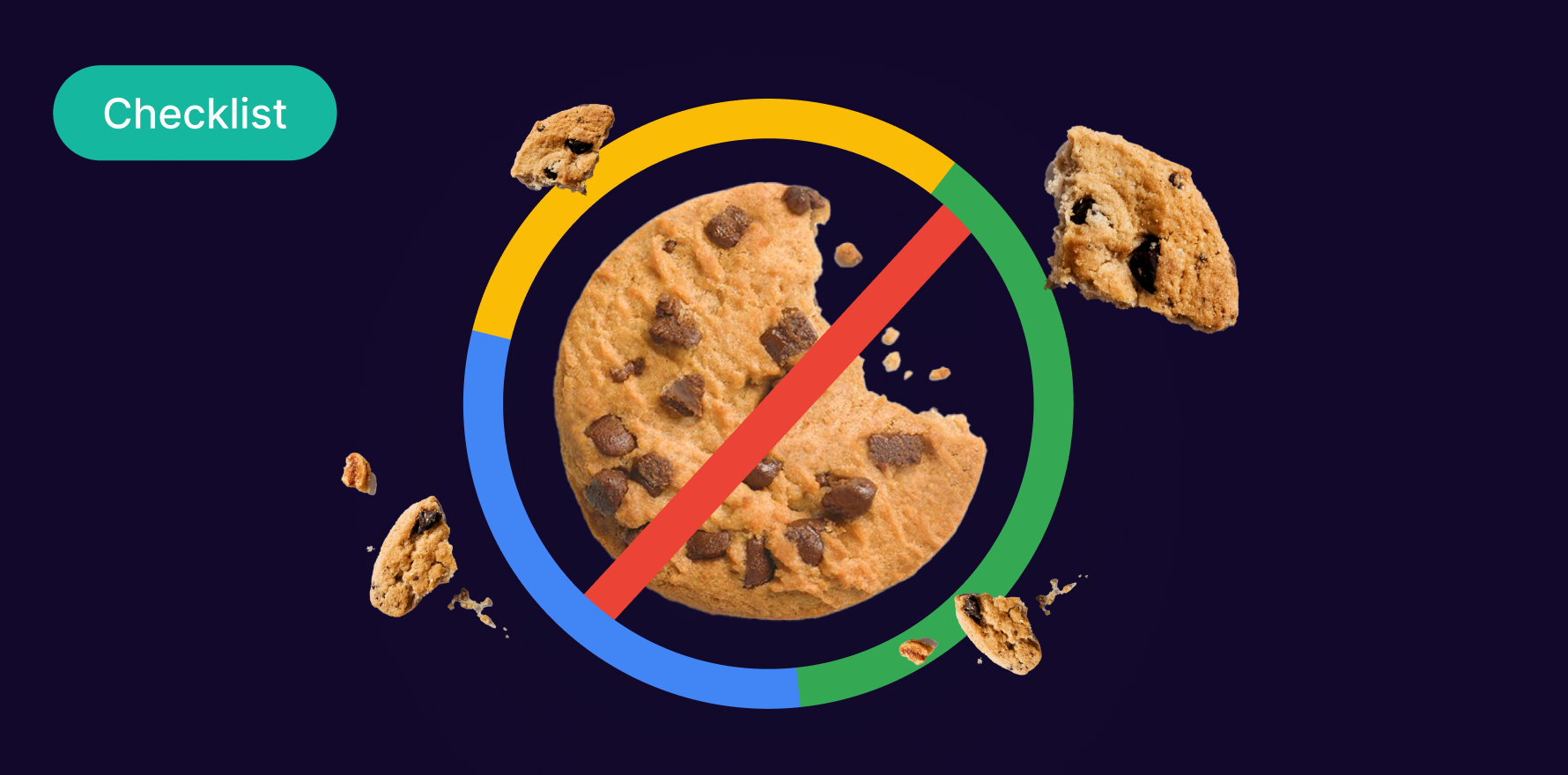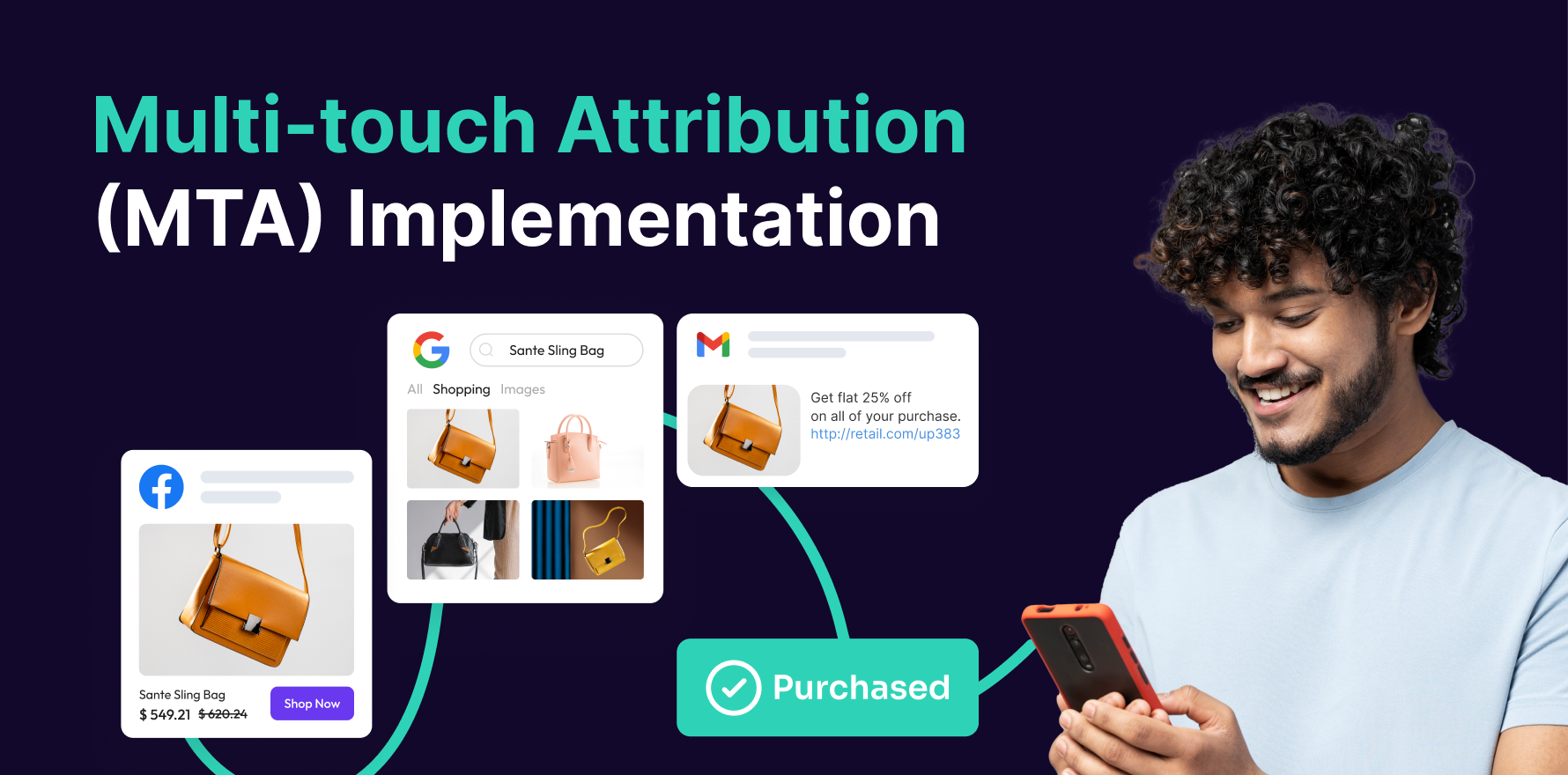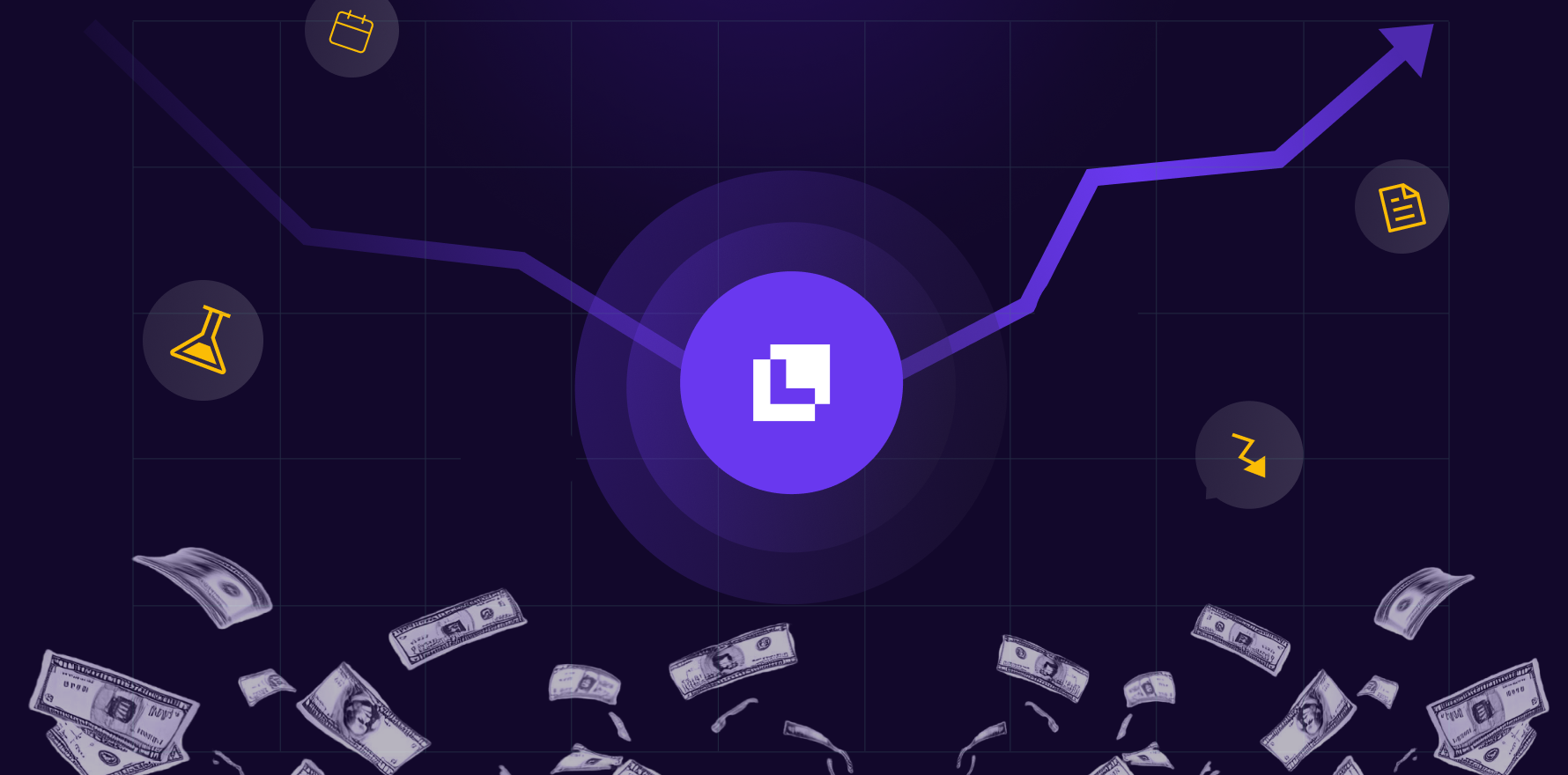What is Demand-Side Platform?
A Demand-Side Platform (DSP) is a software system that allows advertisers to buy digital ad inventory from multiple publishers across different channels via one interface. A Self-Serve DSP empowers advertisers to handle their advertising campaigns directly, having the complete oversight to manage and optimize their programmatic ad buying process without engaging a third-party.
Formula
There isn’t any specific formula for Self-Serve DSP. It’s a technology solution which, upon set-up, allows businesses to determine their targeting criteria, control their ad campaigns, and analyze their performance results in real-time.
Example
A fashion ecommerce store uses a Self-Serve DSP to directly purchase ad space in real-time on multiple social media platforms to showcase its latest clothing line to a specific age group within a particular geographical location.
Why is DSP important?
- Control: The key advantage of Self-Serve DSP is the control it offers advertisers over their campaign strategies, adjusting it in real-time based on the campaign’s performance.
- Transparency: Advertisers have direct access to data, enabling them to understand where their budget is spent and identify opportunities to improve.
- Efficiency: It eliminates the need for middlemen, reducing the overall ad spend.
Which factors impact DSP?
- Regular Monitoring: Monitoring campaign performance regularly enables an advertiser to make twitches for optimization.
- Utilizing Data: Utilize the platform data to understand customer behavior and improve targeting.
- Training: Regular training and development ensure the in-house team maximizes the platform’s potential.
How can DSP be improved?
- Market dynamics: Changes in market trends or consumer behavior can significantly impact the Self-Serve DSP’s performance.
- Data accuracy: The precision of customer data directly influences the success of ad targeting.
What is DSP’s relationship with other metrics?
Self-Serve DSP is interconnected with several ecommerce metrics, mainly return on advertising spend (ROAS). A well-optimized Self-Serve DSP can lead to higher ROAS. It also impacts website visits, bounce rate, and ultimately, sales. As traffic increases, conversion rates may also improve, positively impacting other metrics like customer lifetime value (CLV) and customer acquisition cost (CAC).
Free essential resources for success
Discover more from Lifesight

















